The Beginning of a New Era
James Beck
At its annual meeting on June 11th in Florence, ArtWatch Italia, a wholly independent not-for-profit organization affiliated with ArtWatch International, elected Professor Piero Pierotti of the University of Pisa as its new President.
Pierotti, a specialist on Medieval art and especially architecture, was at the forefront of efforts, culminating in the late 1990s, to halt the indiscriminate restoration of the Leaning Tower of Pisa, of which he is a world expert. With his book on the subject, Una Torre Da Non Salvare (How Not To Save The Tower of Pisa; Pacini Editore, 1990), Pierotti explored the multitude of commissions that have been convened and their failed schemes to correct the increasingly perilous inclination of the tower.
Pierotti succeeds James Beck, who stepped down from his leading role in the organization this summer, largely in response to the increase in membership and growing activities of the organization. Beck, founder of both ArtWatch Italia and ArtWatch International, hailed Pierotti’s election as a groundbreaking step in giving ArtWatch Italia greater power and visibility in Italy. Following the transfer of leadership to Pierotti, members of ArtWatch Italia discussed the issues of the utmost priority for the organization this year, including the support of the campaign, led by Giuseppe Centauro of the University of Florence, to protect a large, 5th-century BC Etruscan city located at Gonfienti near the town of Prato at the base of the Apennines, the excavations of which have continued since it was first discovered in 1998. Centauro believes that the settlement may be the long sought-after city of Camars.

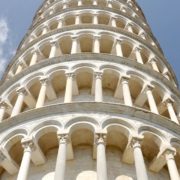
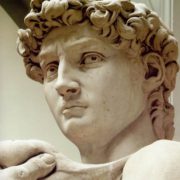
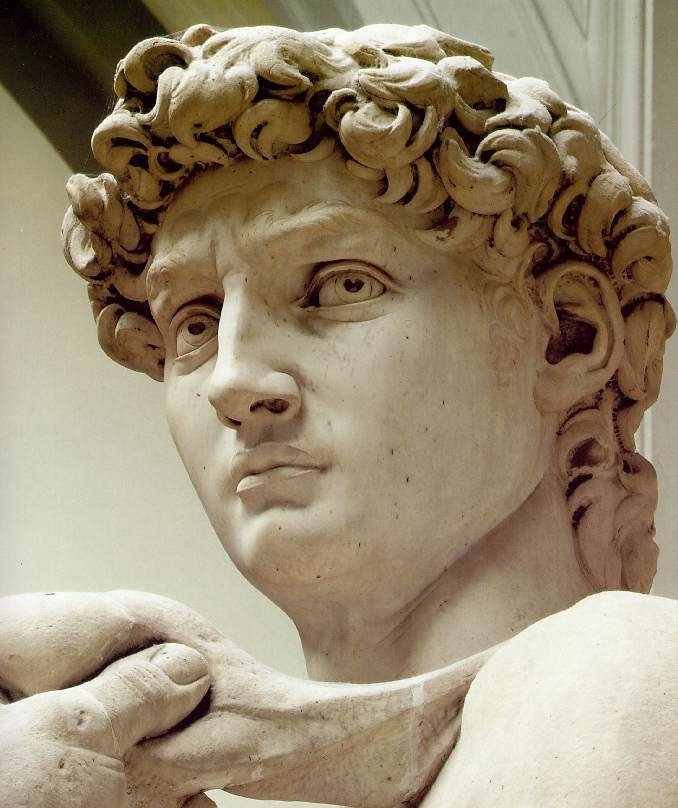
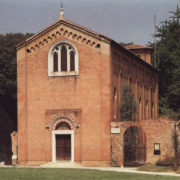
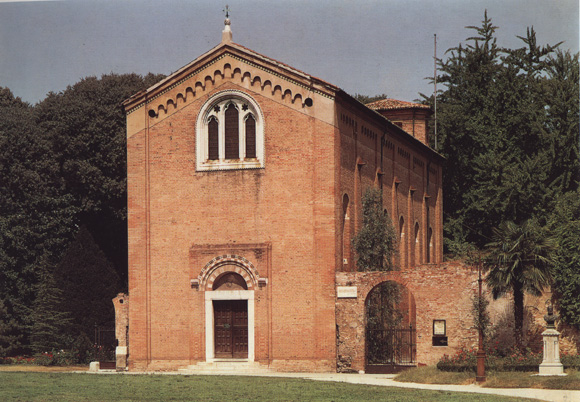 The Institute, in collaboration with various research bodies (CNR laboratories, Fisbat in Bologna, CNR Institute of Chemistry and Technology of Radio-elements in Padua, CNR Centre for the study of art works in Rome, the Institute of General Chemistry at Venice University) therefore carried out a number of surveys between 1977 and 1979, aimed at discovering the causes and the mechanism behind the deterioration, in the light of research into the overall conservation history.
The Institute, in collaboration with various research bodies (CNR laboratories, Fisbat in Bologna, CNR Institute of Chemistry and Technology of Radio-elements in Padua, CNR Centre for the study of art works in Rome, the Institute of General Chemistry at Venice University) therefore carried out a number of surveys between 1977 and 1979, aimed at discovering the causes and the mechanism behind the deterioration, in the light of research into the overall conservation history.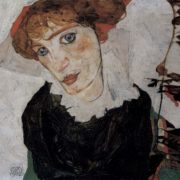
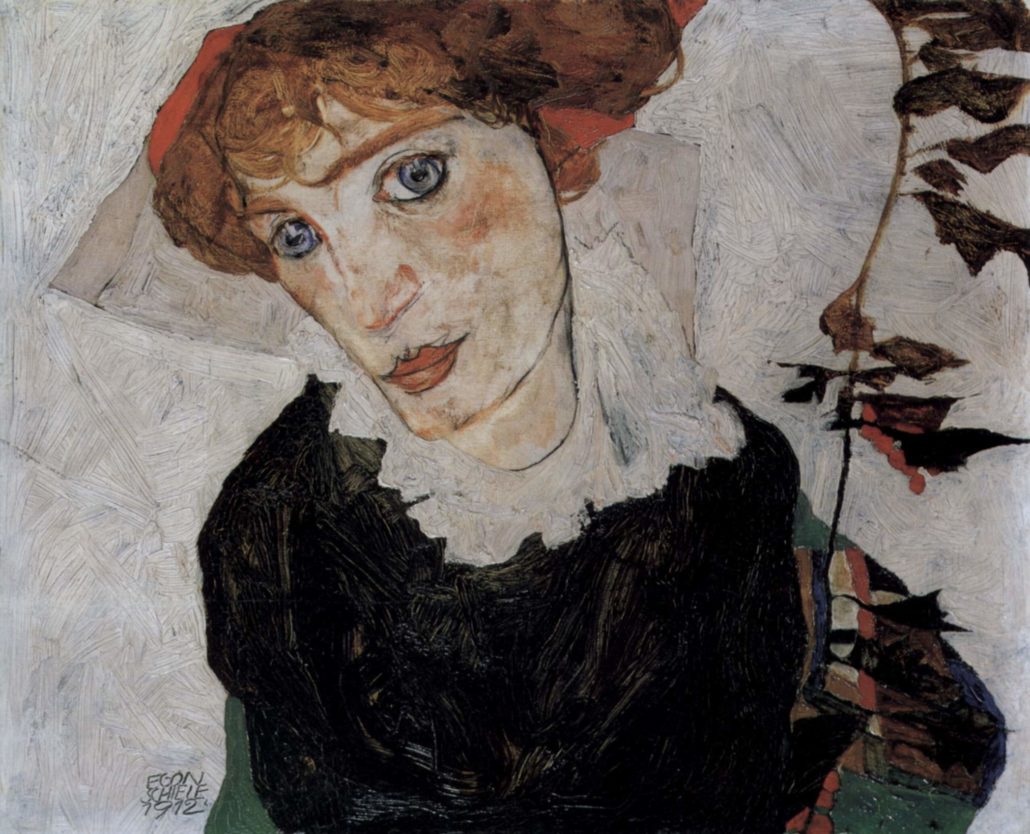
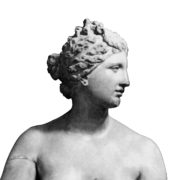

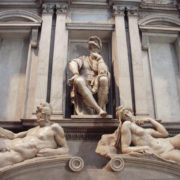
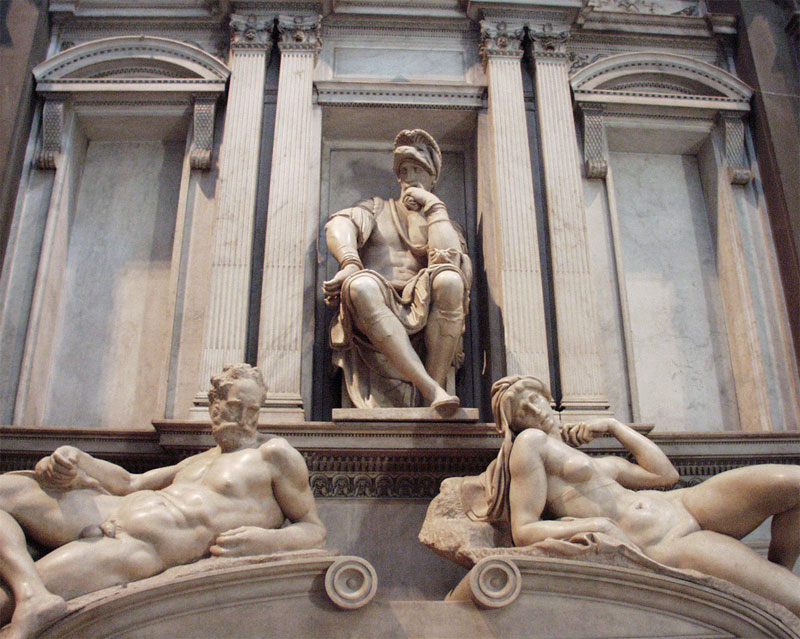 When the Superintendent of Art in Florence assigned her to treat Michelangelo’s David, an awesome project on every level, those who might have wished that the Gigante be left alone were satisfied that there would be no danger to the integrity of the statue posed by Agnese Parronchi. It would be the crowning jewel of her life’s work, which would give her the kind of world recognition she had earned. When the Florentine officials wanted to impose upon her a very vigorous treatment which included the use of solvents, she did the impossible. She resigned, refusing to carrying out a cleaning which she considered too severe.
When the Superintendent of Art in Florence assigned her to treat Michelangelo’s David, an awesome project on every level, those who might have wished that the Gigante be left alone were satisfied that there would be no danger to the integrity of the statue posed by Agnese Parronchi. It would be the crowning jewel of her life’s work, which would give her the kind of world recognition she had earned. When the Florentine officials wanted to impose upon her a very vigorous treatment which included the use of solvents, she did the impossible. She resigned, refusing to carrying out a cleaning which she considered too severe.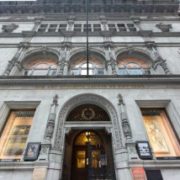
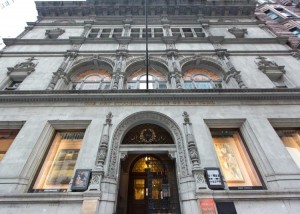
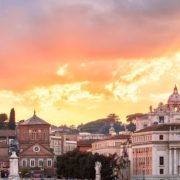
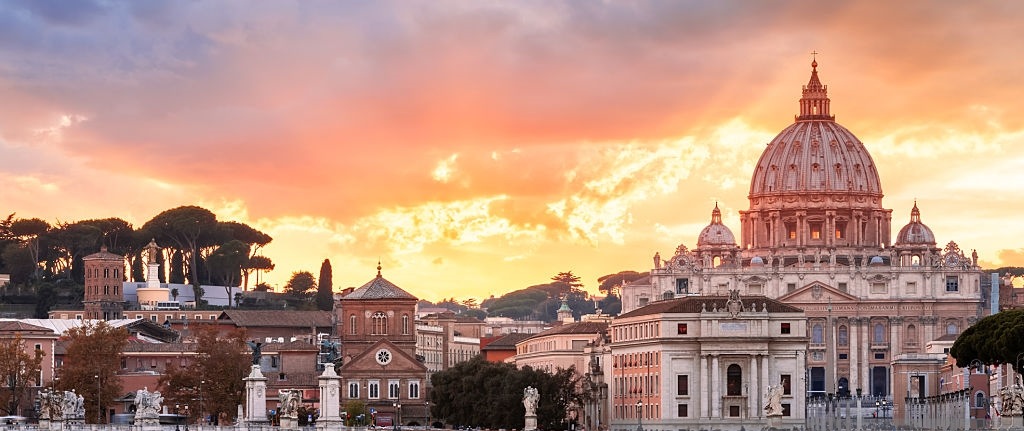
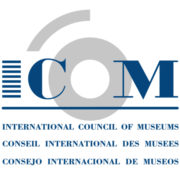
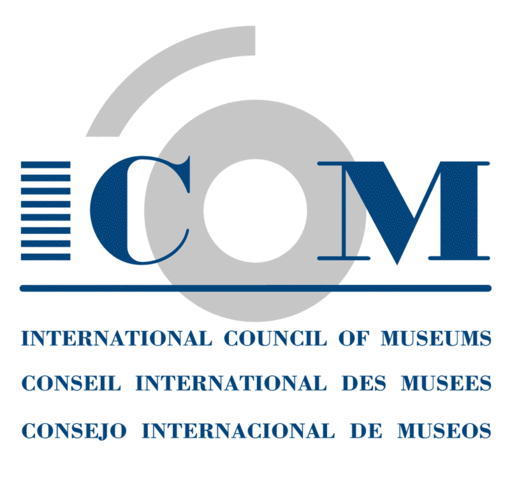 ICOM, the International Council of Museums, is a non-profit organization founded in 1946. ICOM’s Code of Ethics for Museums was first adopted by the organization in 1986, and was amended once before in 2001. It was conceived of as a set of guidelines for professional self-regulation, covering the topics of Basic Principles for Museum Governance, Acquisition and Disposal of Collections, and Professional Conduct, including Professional Responsibility to the Collection, to the Public, and to Colleagues.
ICOM, the International Council of Museums, is a non-profit organization founded in 1946. ICOM’s Code of Ethics for Museums was first adopted by the organization in 1986, and was amended once before in 2001. It was conceived of as a set of guidelines for professional self-regulation, covering the topics of Basic Principles for Museum Governance, Acquisition and Disposal of Collections, and Professional Conduct, including Professional Responsibility to the Collection, to the Public, and to Colleagues.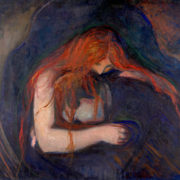
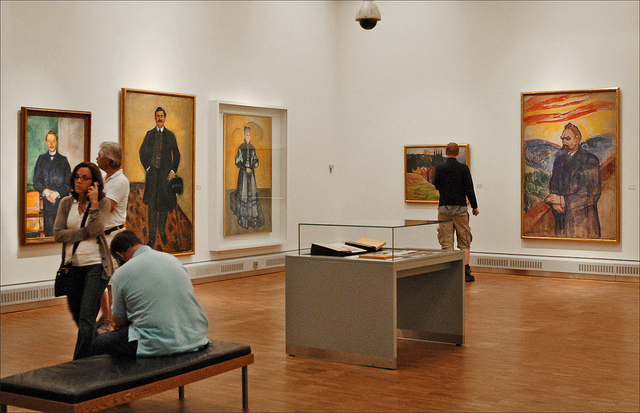
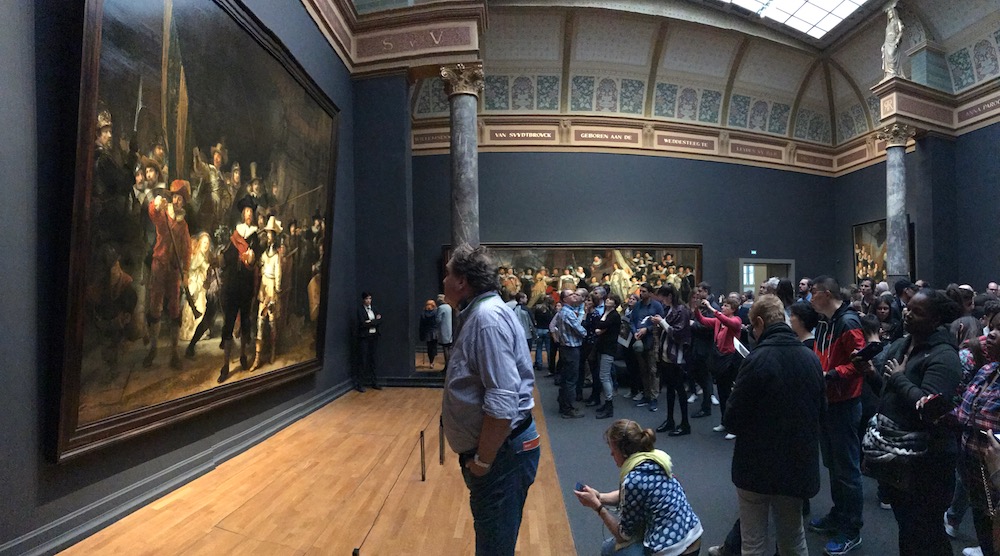 However, in recent years there has been a tremendous amount of damage done to art objects that are even more difficult to protect, either from thieves, mentally-ill vandals, or just rowdy individuals. Public monuments, both architectural and sculptural, that are outside of the considerably safer museum environment, are more difficult to safeguard, even with the increasing presence of security cameras. Italy’s fountains are seemingly impossible to protect. In 1997, the Neptune fountain by Ammannati was vandalized twice, with the second incident resulting in the breaking off of one of the horses’ hooves. The city had recently installed eight remote control television cameras, though their view was obstructed by scaffolding. That same year, Bernini’s Four Rivers Fountain in Rome’s Piazza Navona was damaged when three men climbed onto the statue and broke the tail of a sea-serpent. (One of the perpetrators vowed to sue the city over damage to his foot incurred during the incident).
However, in recent years there has been a tremendous amount of damage done to art objects that are even more difficult to protect, either from thieves, mentally-ill vandals, or just rowdy individuals. Public monuments, both architectural and sculptural, that are outside of the considerably safer museum environment, are more difficult to safeguard, even with the increasing presence of security cameras. Italy’s fountains are seemingly impossible to protect. In 1997, the Neptune fountain by Ammannati was vandalized twice, with the second incident resulting in the breaking off of one of the horses’ hooves. The city had recently installed eight remote control television cameras, though their view was obstructed by scaffolding. That same year, Bernini’s Four Rivers Fountain in Rome’s Piazza Navona was damaged when three men climbed onto the statue and broke the tail of a sea-serpent. (One of the perpetrators vowed to sue the city over damage to his foot incurred during the incident).